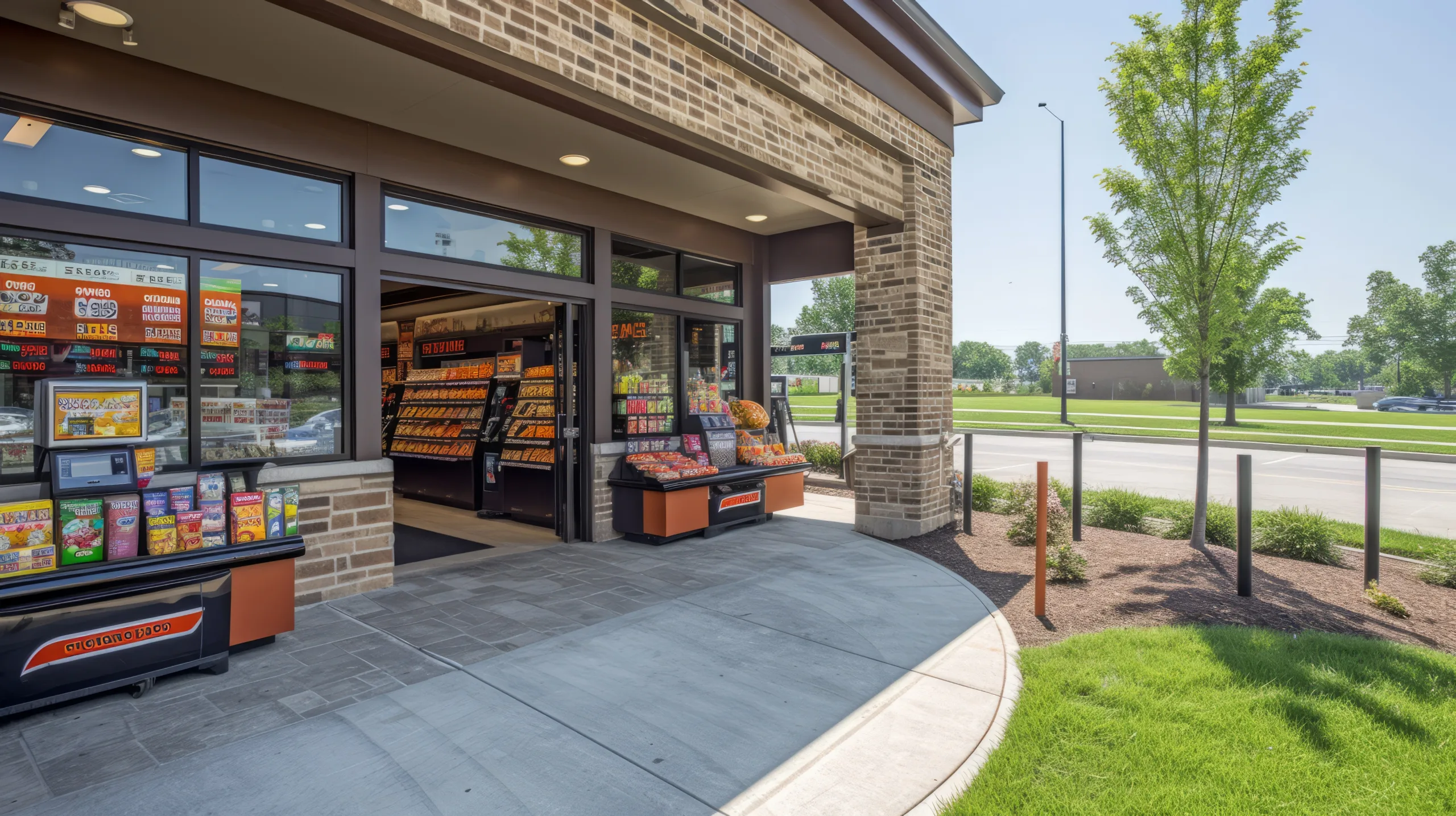- Food tenants anchor stability in the net lease market, with grocers, QSRs, and convenience stores showing strong absorption and low vacancies.
- Grocery stores remain dominant, with 79 straight quarters of positive absorption and vacancy at just 2.3%.
- Quick-service and convenience brands like Chick-fil-A and Wawa continue expanding aggressively, keeping vacancy below 2%.
- Drug and department stores lag, posting rising vacancies and negative absorption amid shifting retail demand.
Resilient Tenants Dominate
A new Marcus & Millichap analysis highlights the resilience of the single-tenant net lease (STNL) retail market, reports GlobeSt. Food-centric tenants are playing a key role in maintaining stability. This comes despite several quarters of net relinquishment across the broader retail sector. Grocery stores, quick-service restaurants (QSRs), and convenience stores are driving that strength.
Grocery stores remain one of the strongest segments. With vacancy at just 2.3%, the sector has now seen 79 straight quarters of positive absorption, led by expansion from brands like Aldi, H-E-B, Publix, Trader Joe’s, and Lidl. Despite this growth, new development is limited, with additions accounting for just 0.8% of total stock.
Quick-Service Restaurants & Convenience: Still Hot
Quick-service restaurants continue their multi-decade run of strong performance, maintaining vacancy below 2% since 2010. As of September, the sector’s vacancy rate stood at 1.3%, with year-over-year rent growth of 7.3%. Chains such as Chick-fil-A, Chipotle, Panda Express, and Dutch Bros are aggressively pursuing high-traffic sites.
Convenience stores are similarly tight, with vacancy holding at 1% and 1.9M SF of space absorbed over the past 12 months. Brands like Wawa, Sheetz, Buc-ee’s, and RaceTrac are scaling operations to capitalize on evolving consumer travel patterns.
Get Smarter about what matters in CRE
Stay ahead of trends in commercial real estate with CRE Daily – the free newsletter delivering everything you need to start your day in just 5-minutes
Full-Service Dining Returns To Form
Full-service dining, which lagged in recovery post-pandemic, has now stabilized. Vacancy stands at 3.6%, with minimal new development and over 3.6M SF absorbed in the past year. Brands like Texas Roadhouse, Sweetgreen, Olive Garden, and Cava are tapping into consumer demand for experiential, suburban-based dining.
Drug And Department Stores
Not all segments are seeing the same momentum. Drug stores are under pressure, with vacancy rising to 4.8%—the highest since 2000—and expected to exceed 6% soon. The sector reported 4M SF of negative absorption, though rents remain flat.
Department stores are also struggling, with vacancy at 6.3% and limited new development. Still, off-price retailers like TJ Maxx and Ross are supporting year-over-year rent gains of 6.7%.
Looking Ahead
Despite some weakness, the STNL retail market remains strong, with vacancy below average in 40 of the 50 largest US metros. With just 0.4% of inventory under construction, food-anchored retail is expected to keep attracting tenants and investors, per Marcus & Millichap.
As demand stays focused on stable, low-management retail assets, food-focused net lease properties will likely remain a core asset class heading into 2026.

















